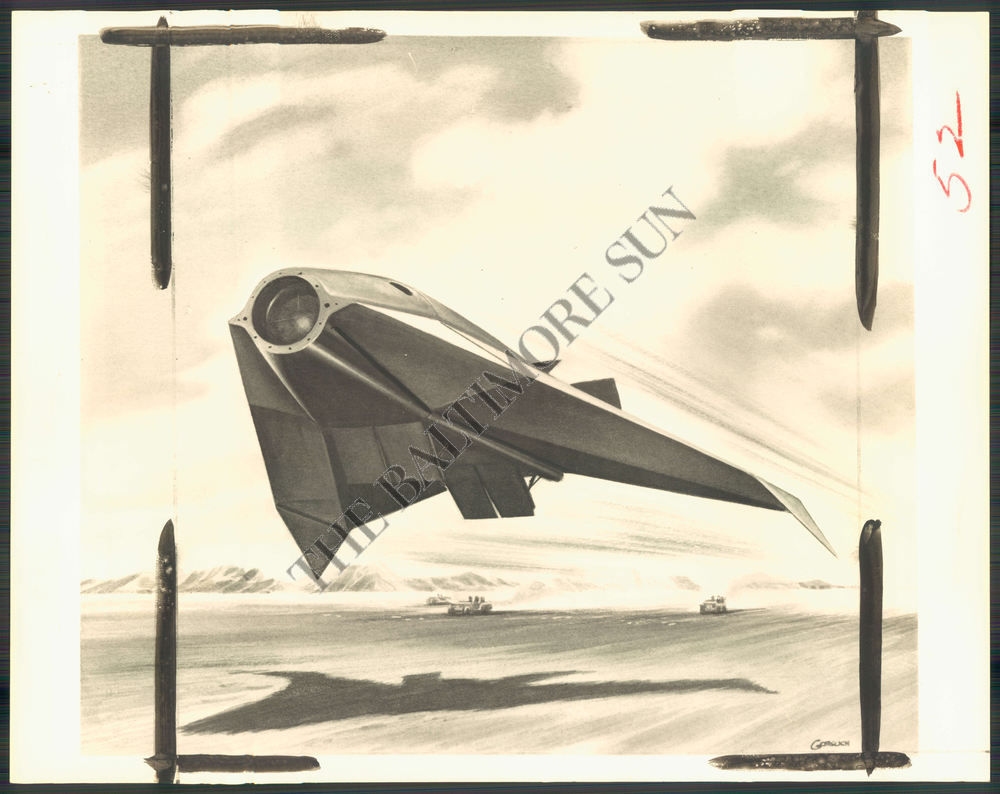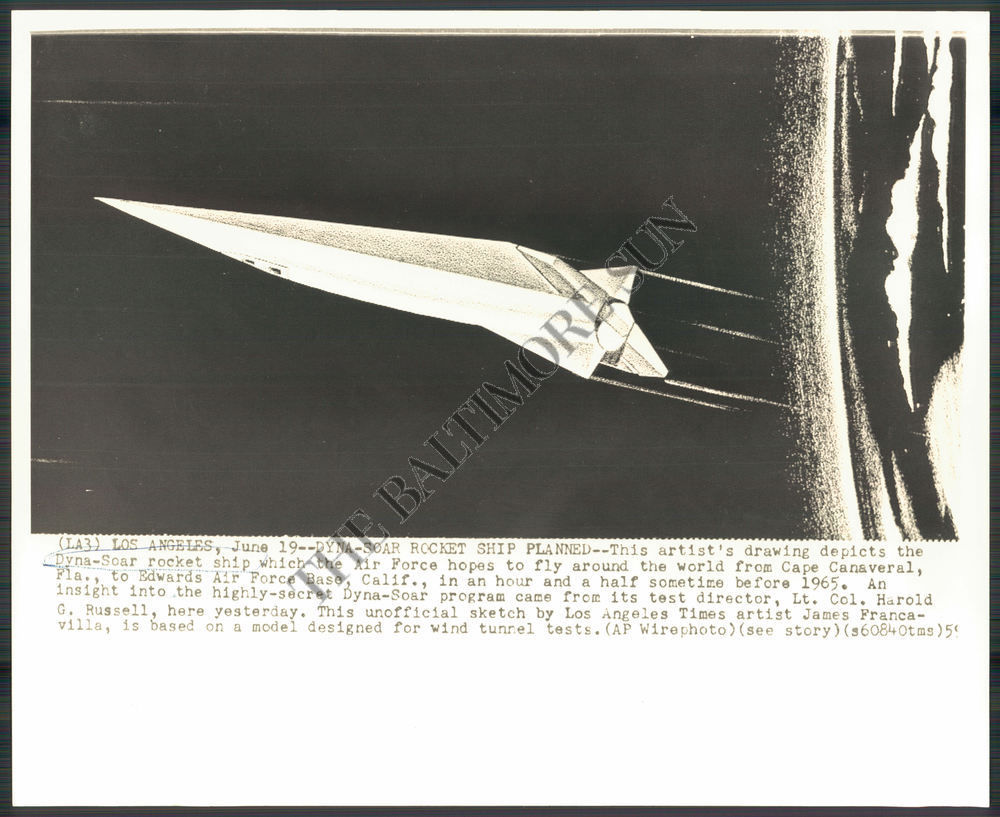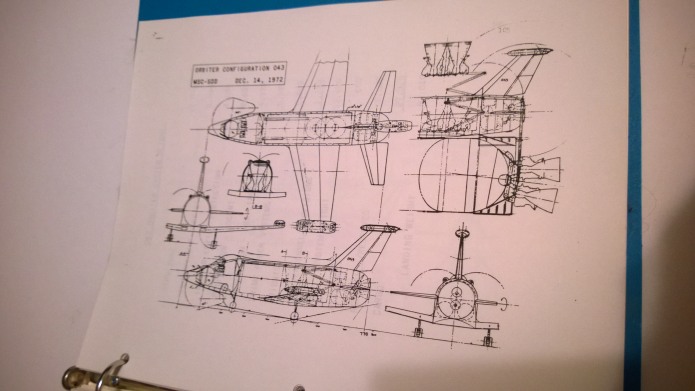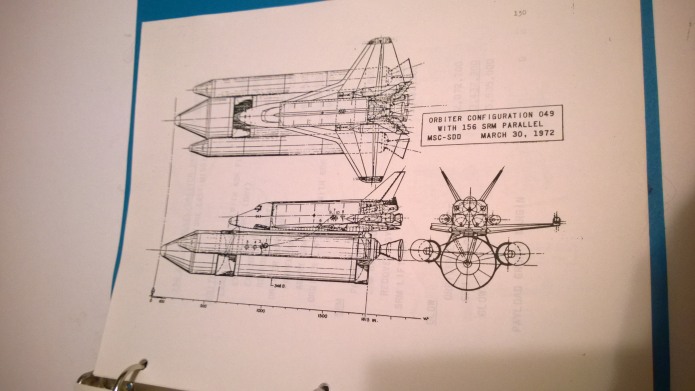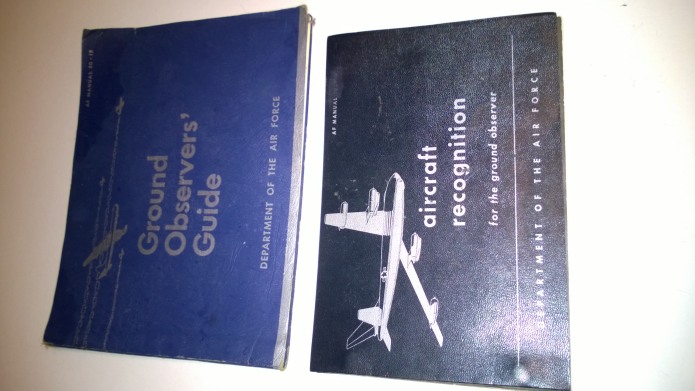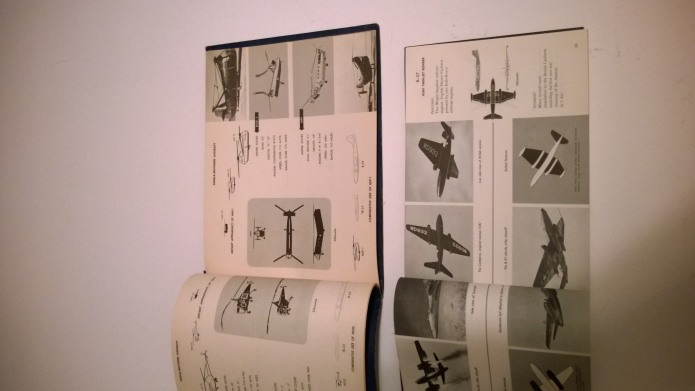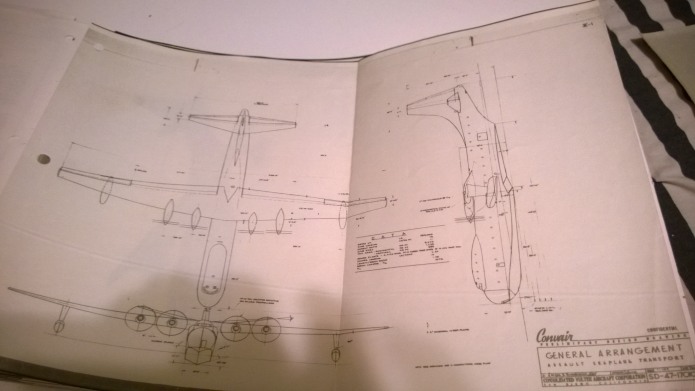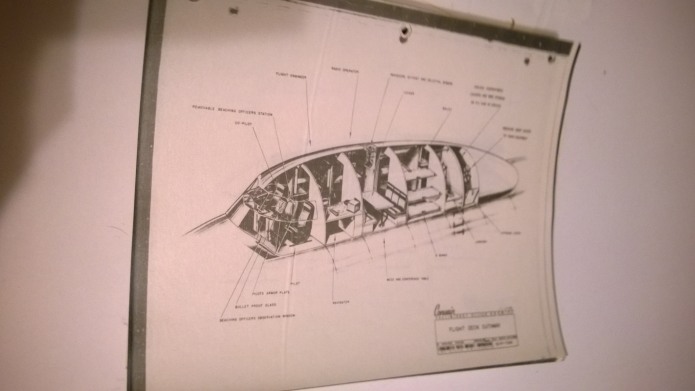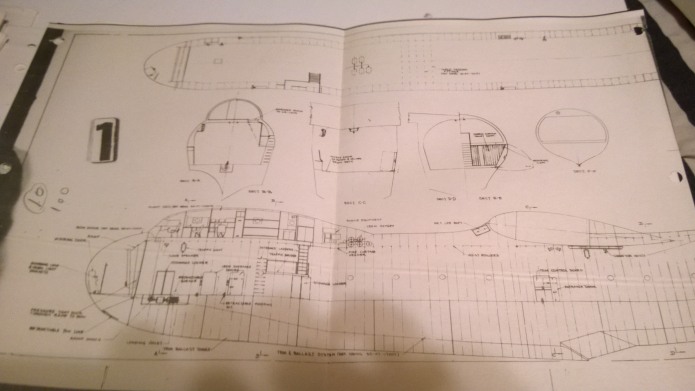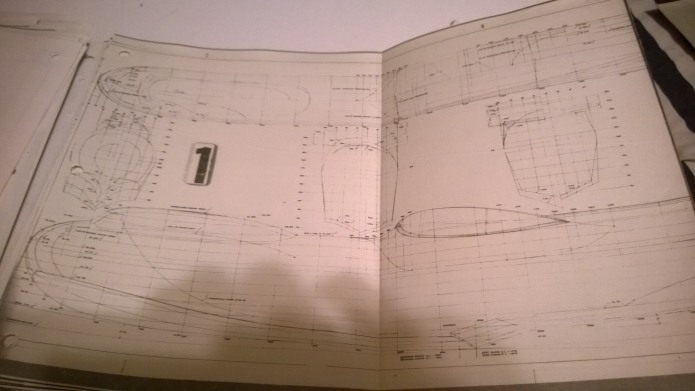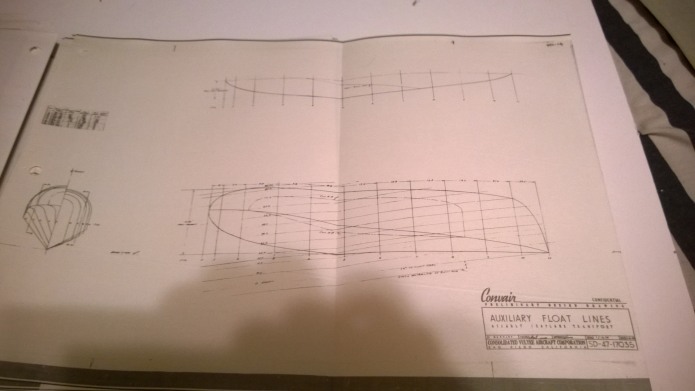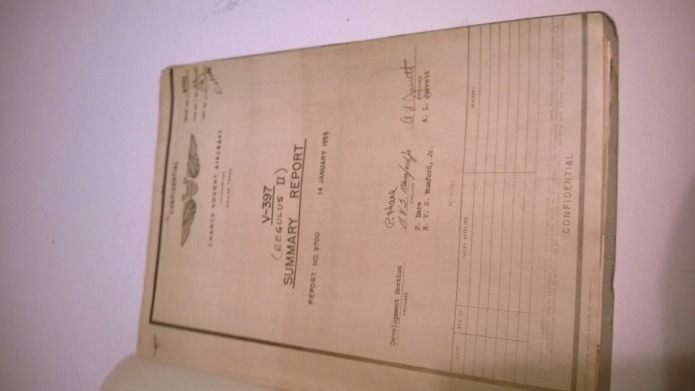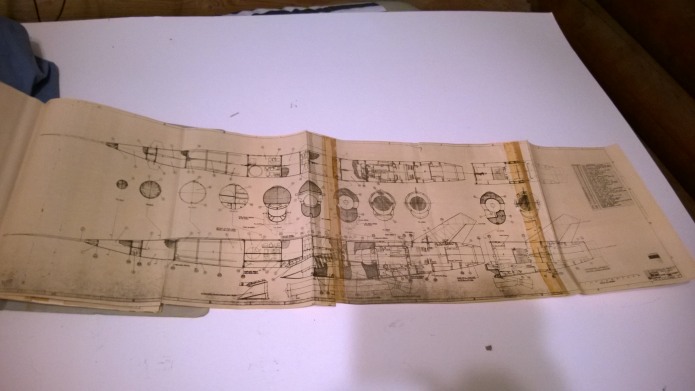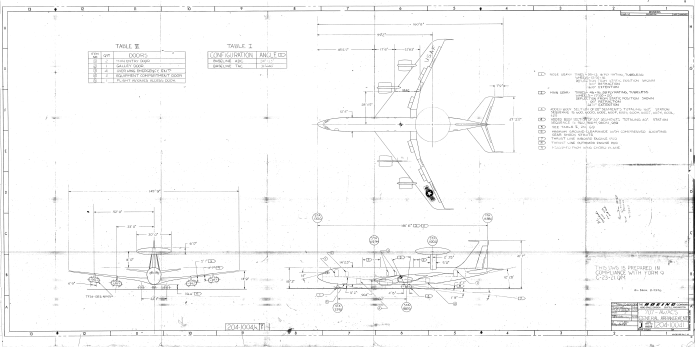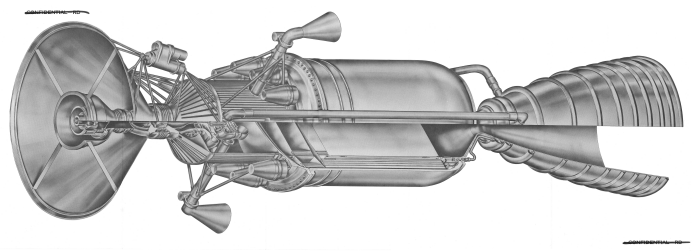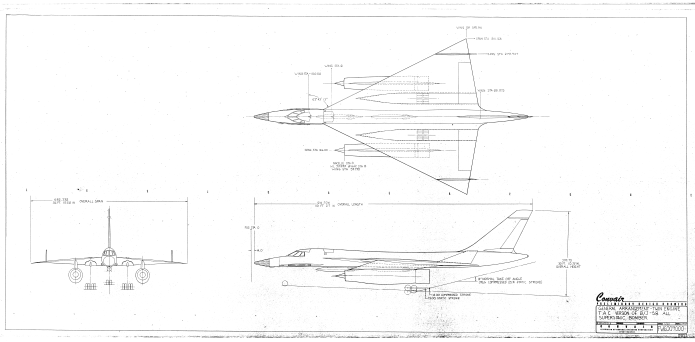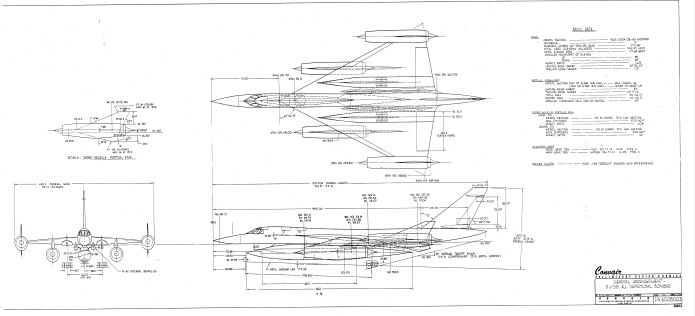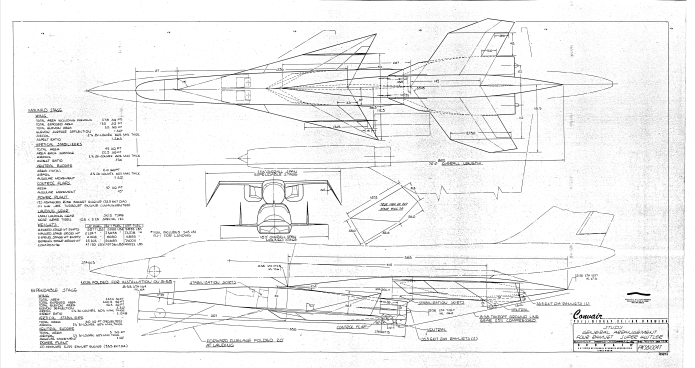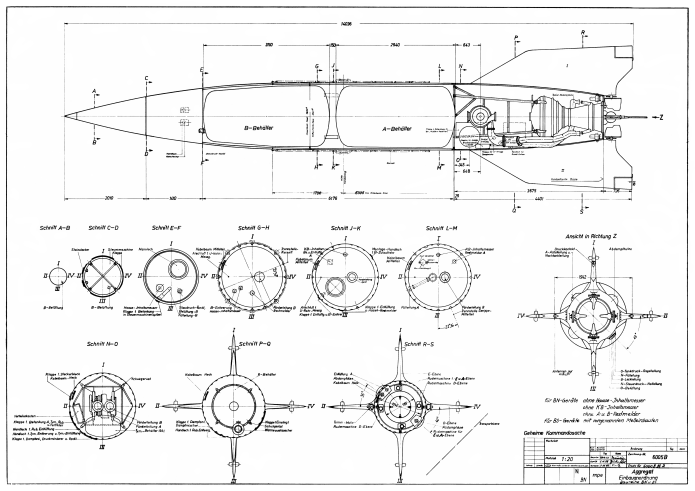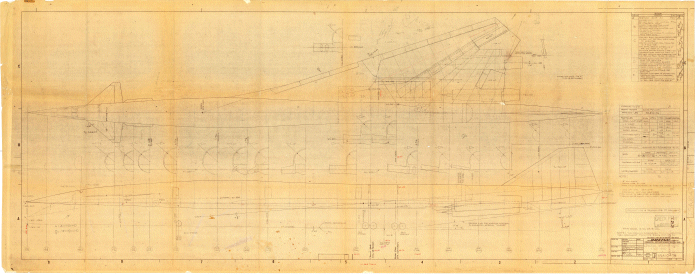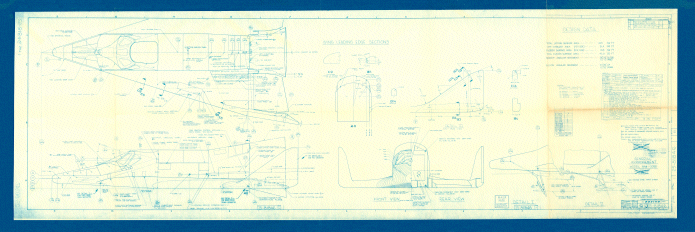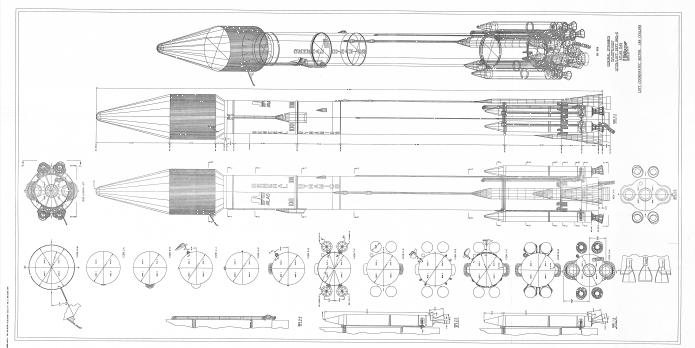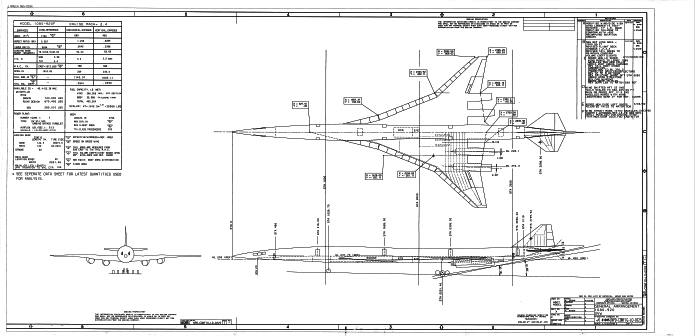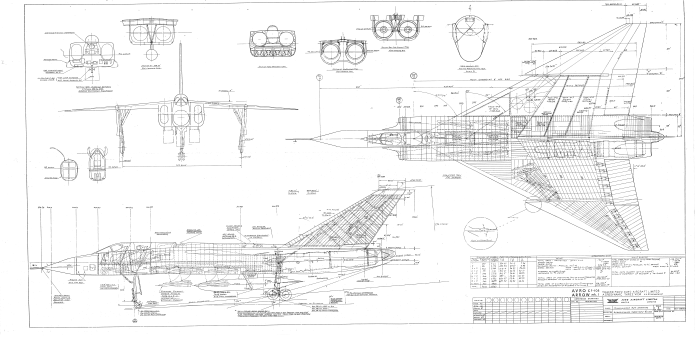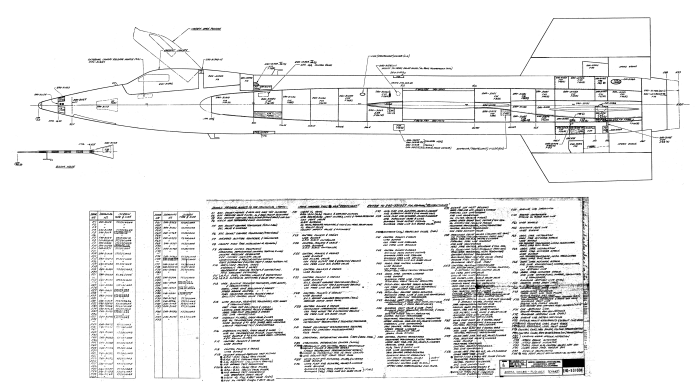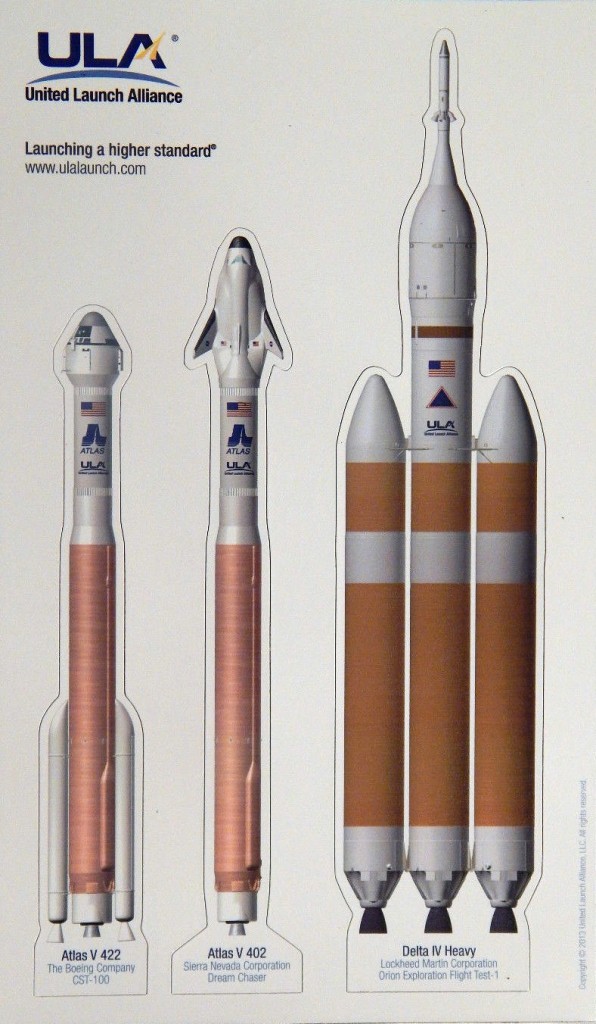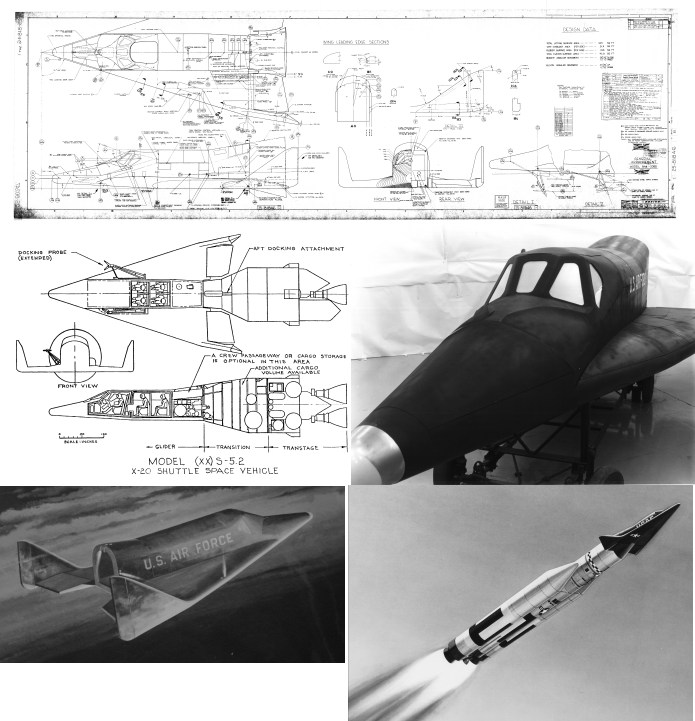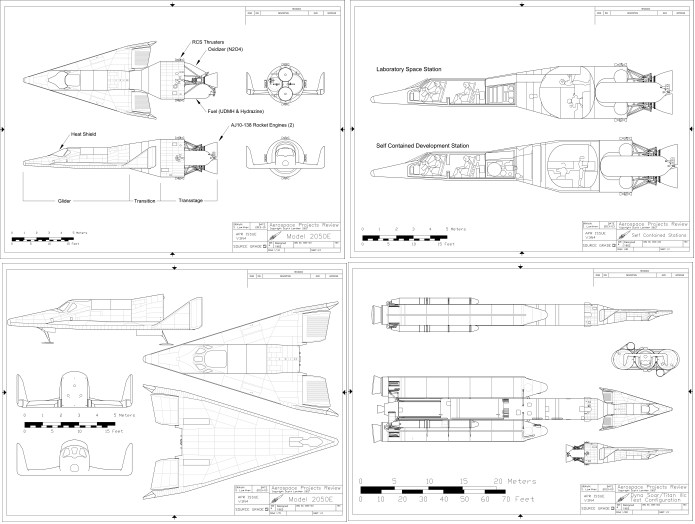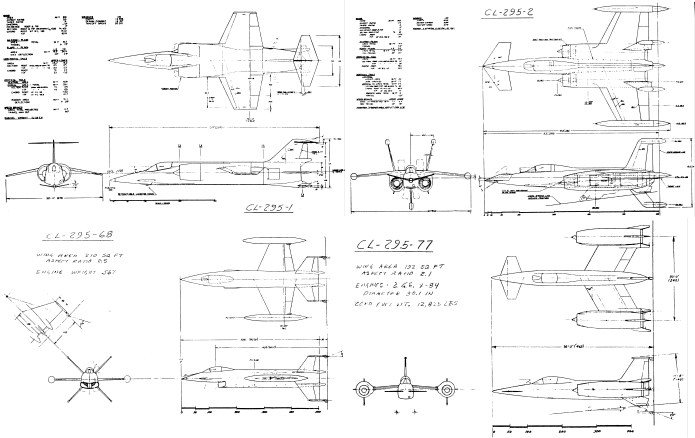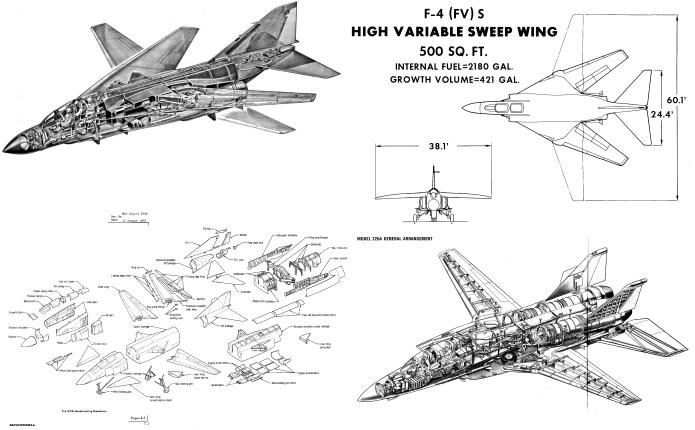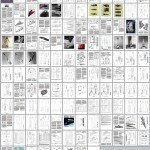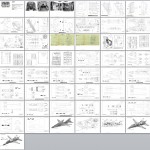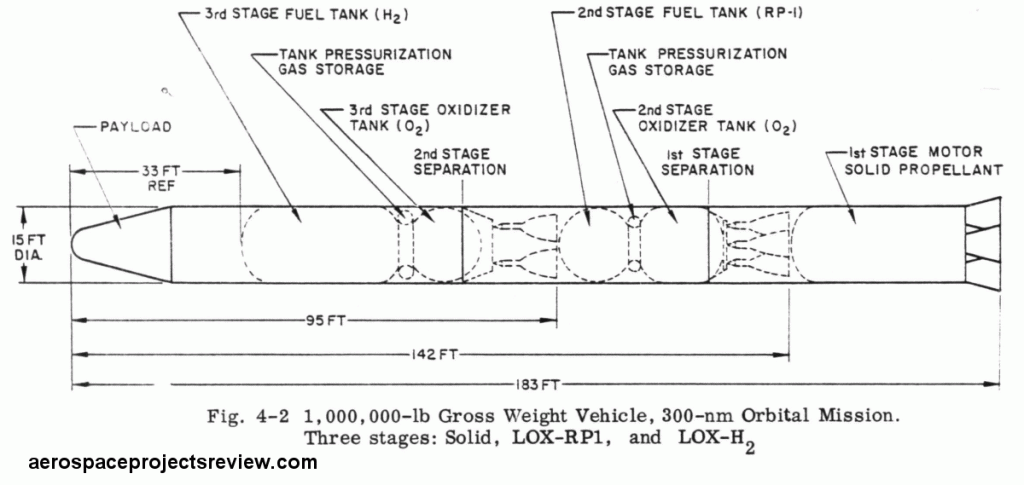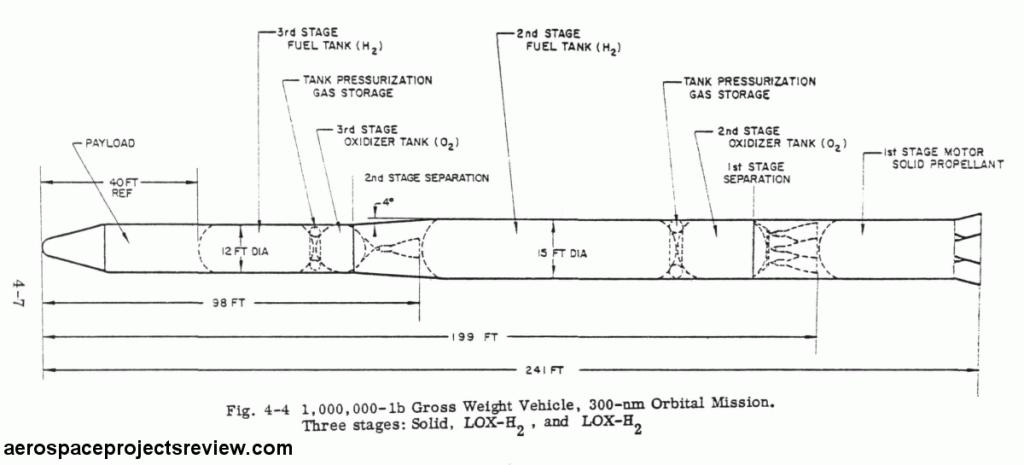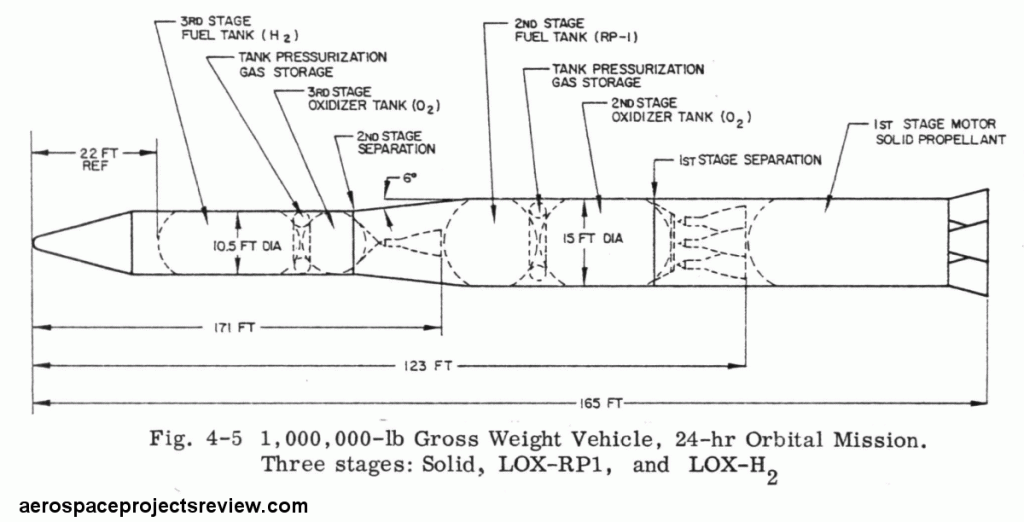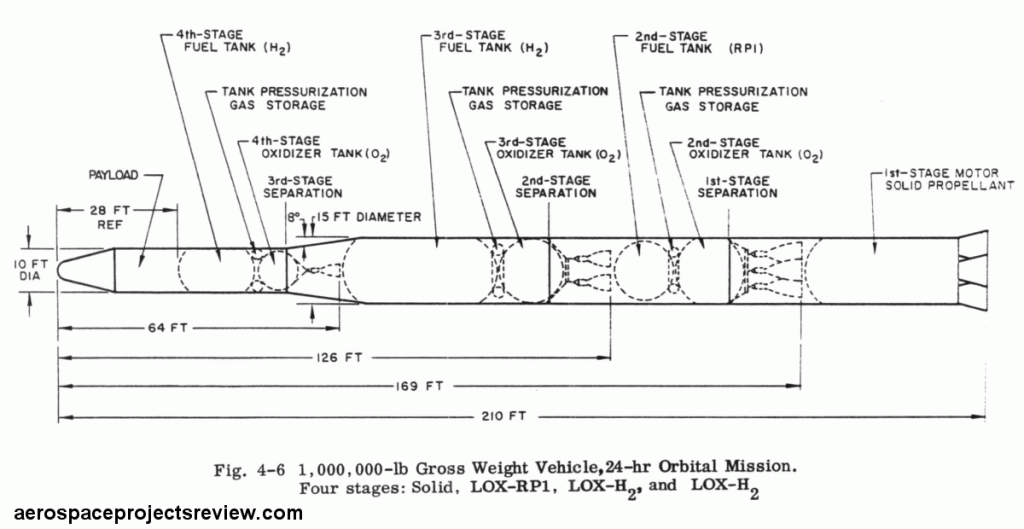I have added another milestone to my Patreon campaign. If I get to $500 of patronage…
There are a lot of PDF (and Powerpoint) references available online that would be of interest to aerospace aficionados. But that’s kinda the problem: there are a *lot* of them. NASA alone has had millions of reports online. There are far too many for any one person to even try to get a handle on. However… I’ve got a handle on a great many of them. While they are – or in some cases were – freely available online, you’d have to know they existed first. Well… for many thousands of such reports… I know they exist. So at this milestone, I’ll post reviews, including illustrations, of two such reports or presentations per month. Additionally, I’ll post links to the reports or, in some cases, the reports themselves.
So rather than just some snipped images, you’ll get the images, a description of the report *and* the report itself, posted to the APR Blog. This is in addition to the reports, brochures, documents and diagrams that get sent to patrons, stuff that *isn’t* otherwise available.

